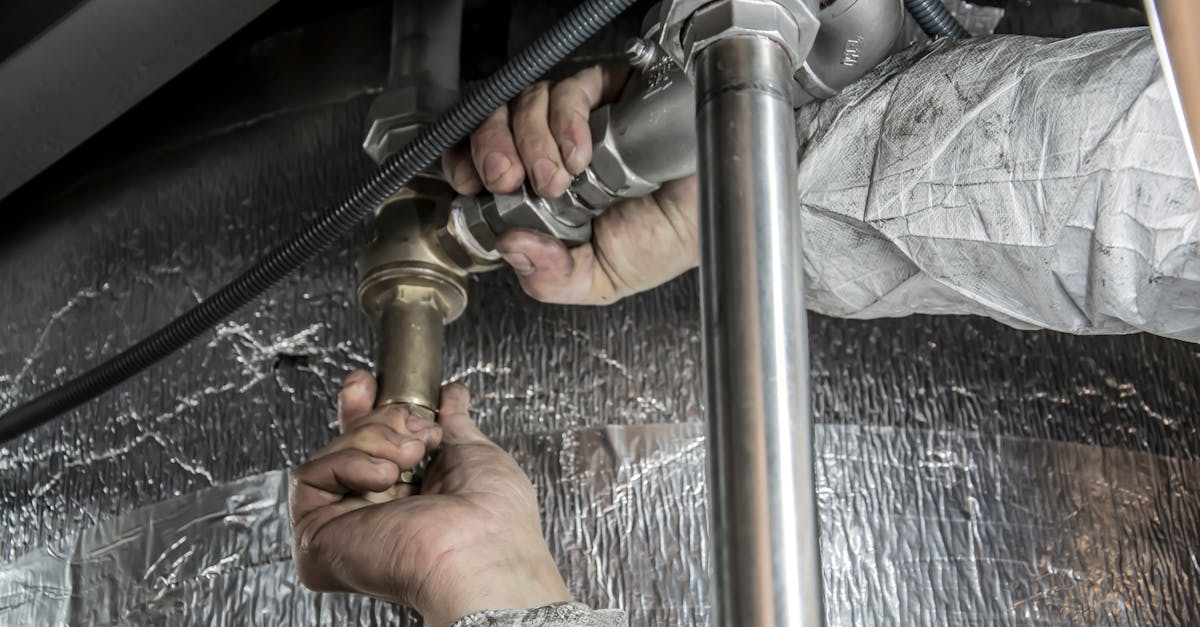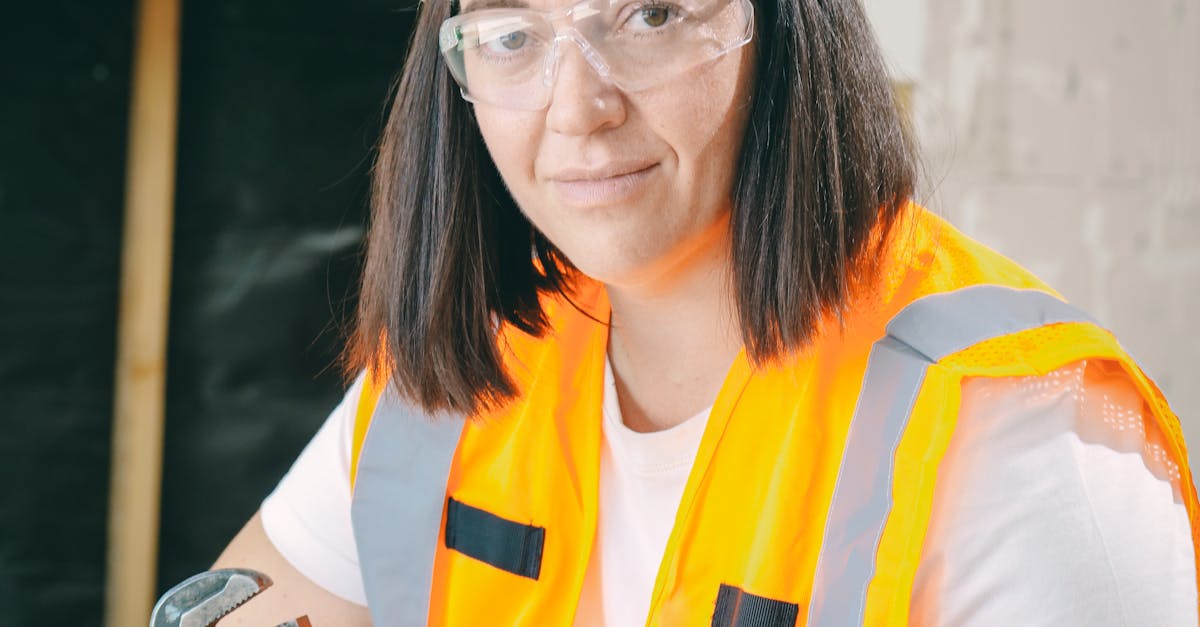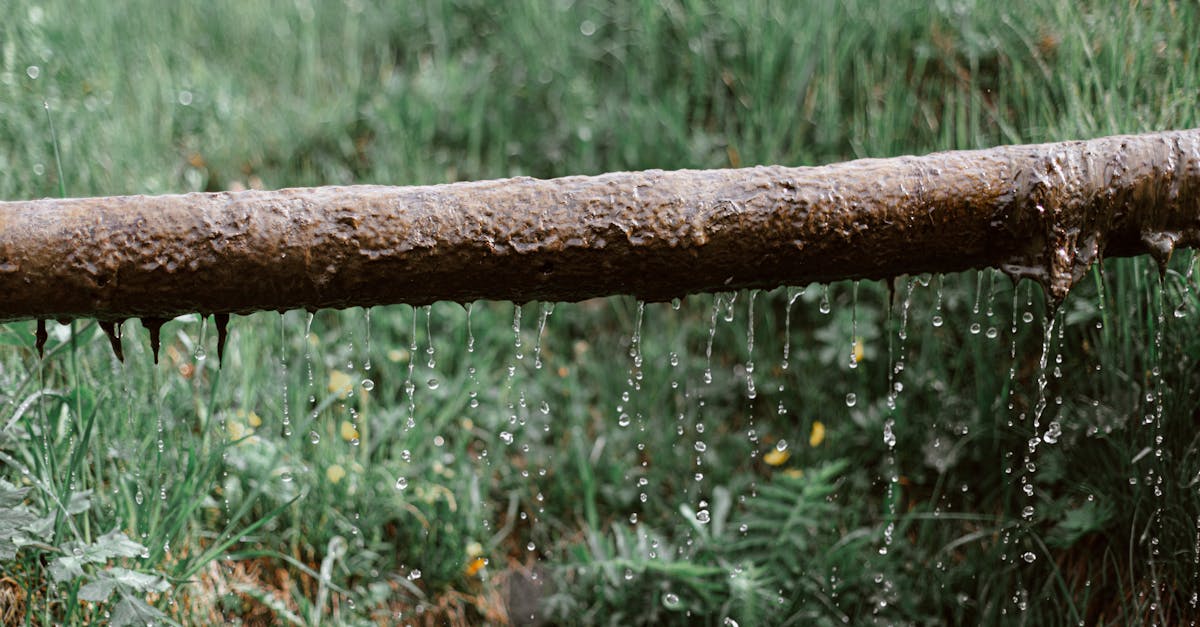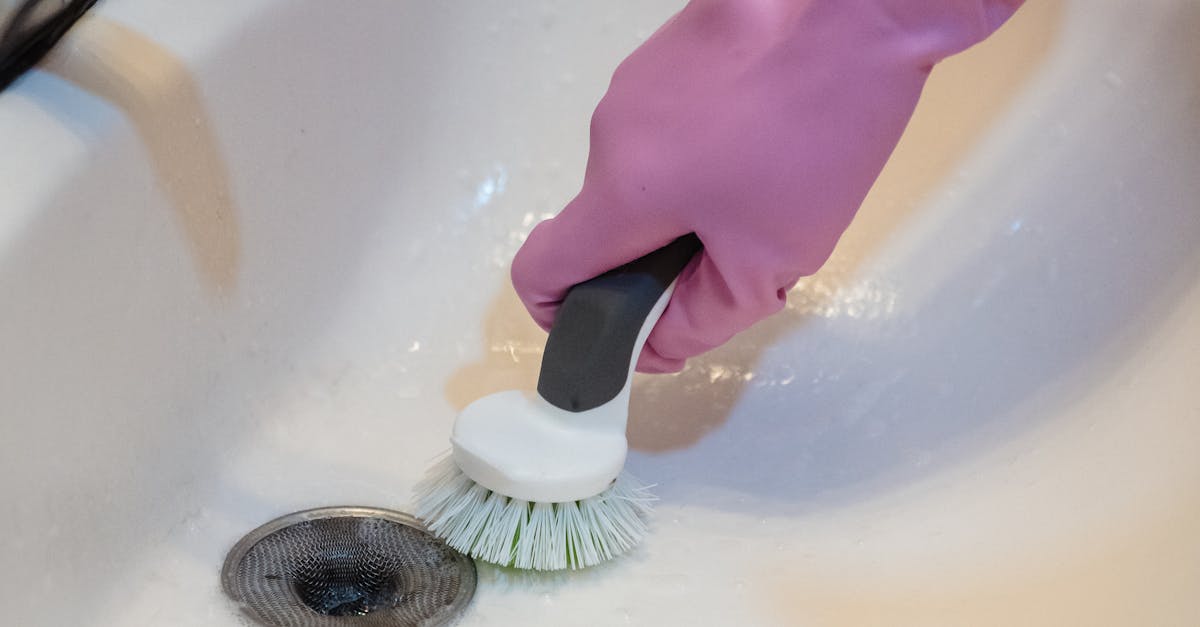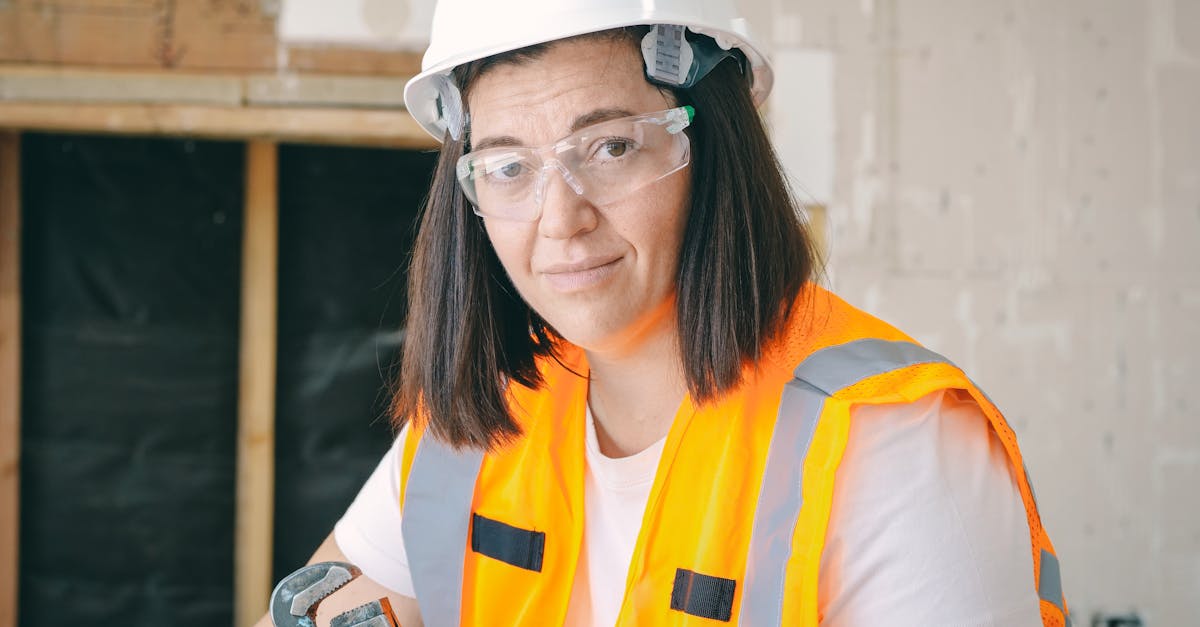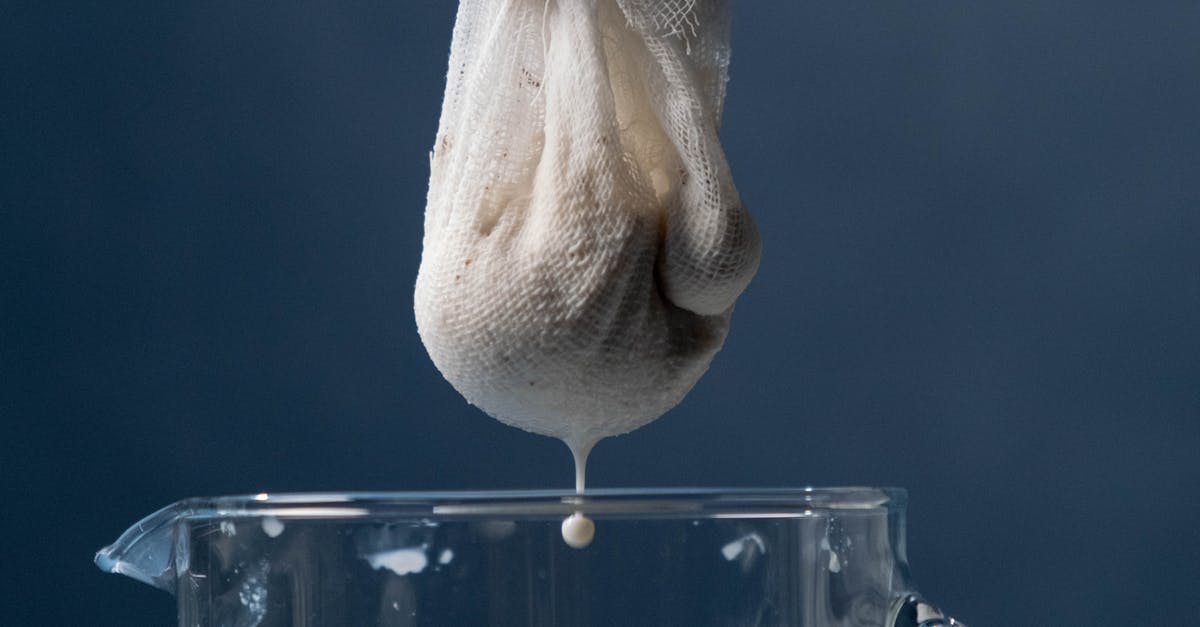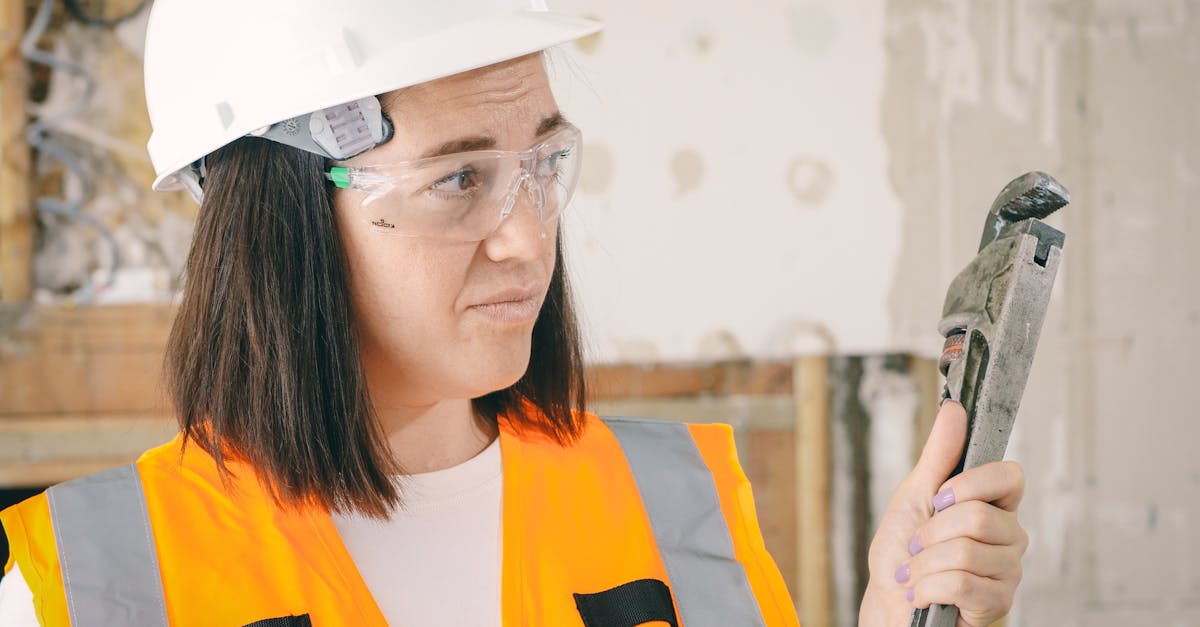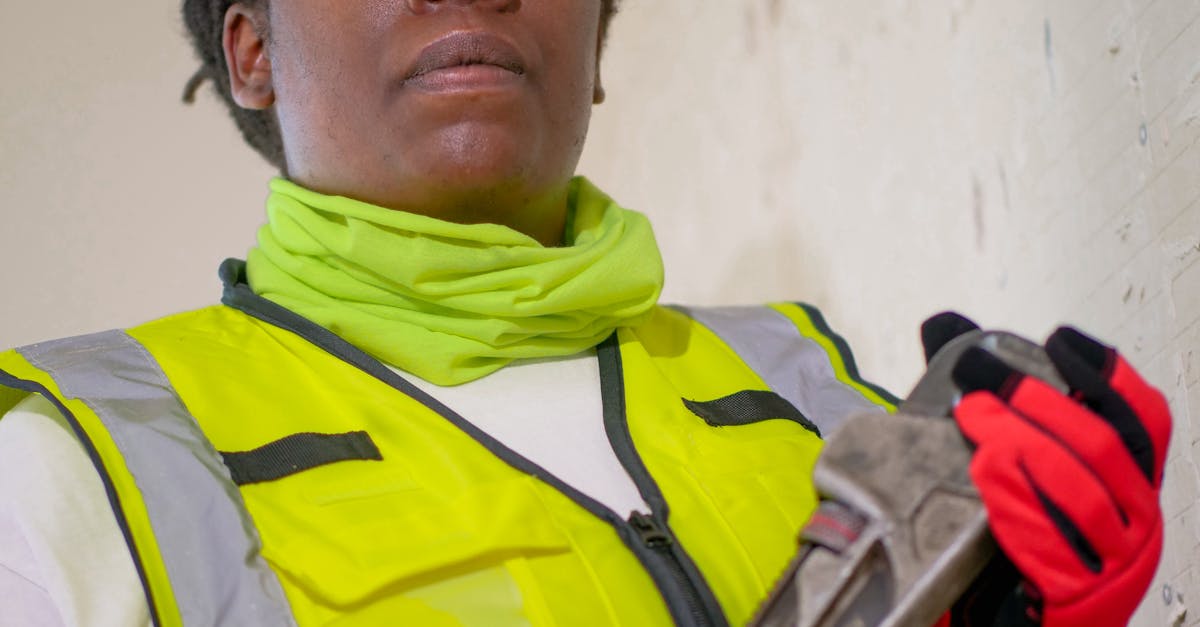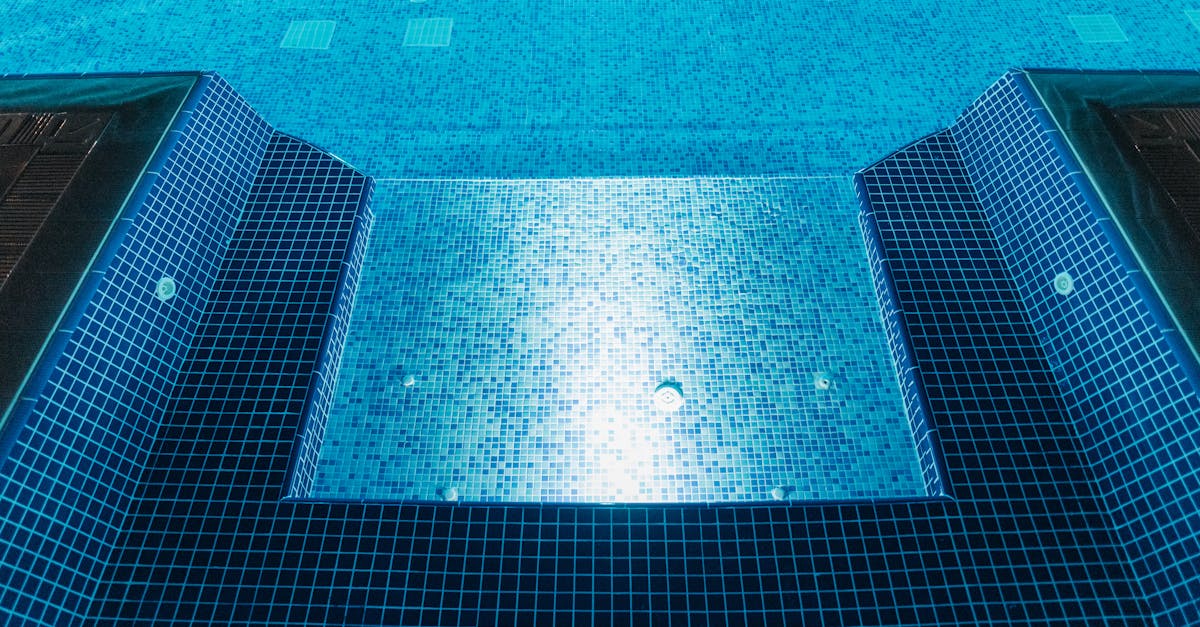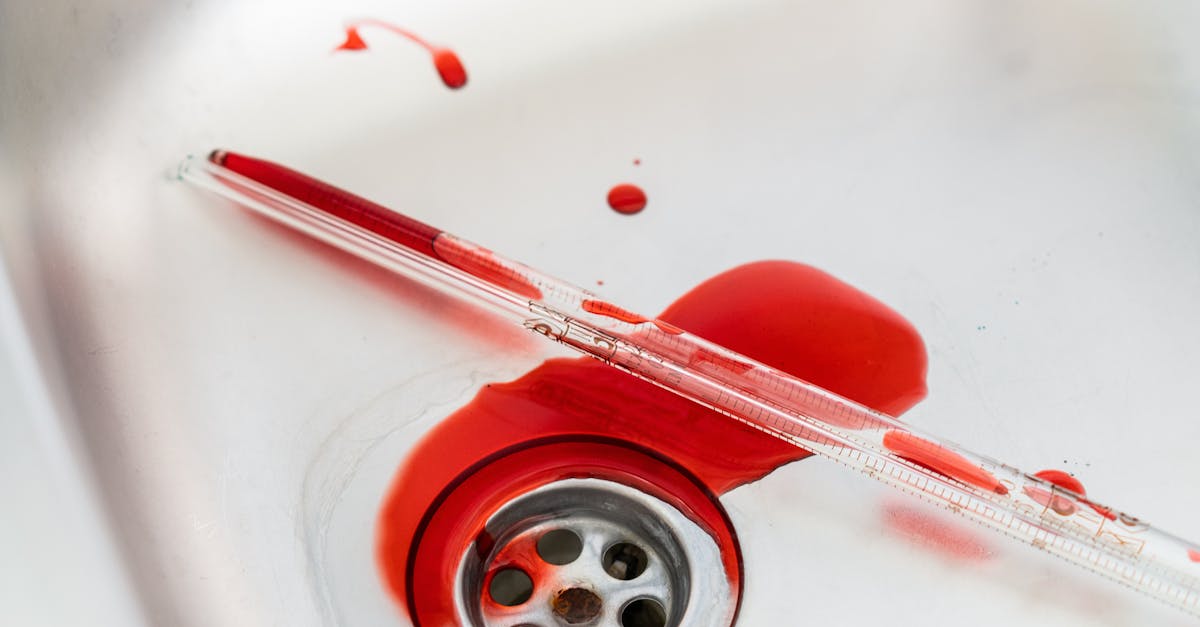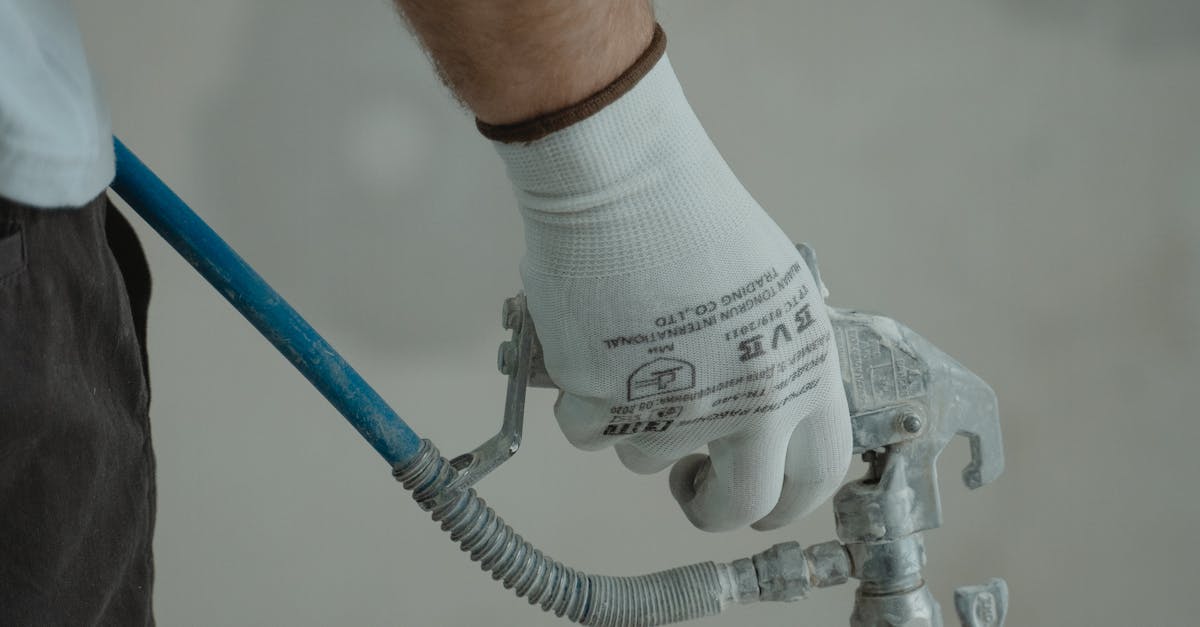
Table Of Contents
When to Consider Replacement
There are specific situations that warrant considering a toilet replacement rather than opting for ongoing repairs. If your toilet is old, typically over 10 years, it may no longer function efficiently. Frequent issues such as constant leaks, persistent clogs, or significant water wastage indicate that the existing unit may be more trouble than it’s worth. A new toilet can eliminate these common problems.
Toilet installation and repair can often become a cycle of short-term fixes without addressing the root cause. Additionally, if you are facing significant plumbing issues related to your toilet's compatibility with your home’s existing infrastructure, a replacement might provide a more sustainable solution. Choosing to install a modern unit can lead to improved performance and overall cost savings in the long run.
Signs That Repair Isn’t Enough
Frequent and persistent issues such as constant leaks or repeated blockages can indicate that a toilet is past its useful life. Simple repairs such as replacing the flapper or adjusting the water level may offer a temporary fix, but if these problems are recurring, it often becomes too costly to maintain. The cumulative expense of toilet installation and repair could surpass the price of a new unit, particularly when considering the potential for continuous issues down the line.
Another factor to consider is the age of the toilet. Older models may not only experience mechanical failures but also lack the efficiency of newer designs. Outdated toilets often use significantly more water per flush, leading to higher utility bills. Transitioning to a modern model through toilet installation and repair can result in substantial savings in both water consumption and repair costs, making it a more economical choice.
LongTerm Costs of Repairing a Toilet
When evaluating the long-term costs of repairing a toilet, it’s crucial to consider not only the immediate expenses but also the potential for recurring issues. Frequent repairs can add up significantly over time. For instance, replacing parts like flappers, fill valves, or wax seals may seem minor at first, yet these costs can accumulate. Some homeowners may find themselves investing in repairs every few years, leading to an ongoing burden that might exceed the price of a new toilet.
Toilet installation and repair can represent a significant portion of plumbing expenses in a household. While minor repairs may appear economical in the short term, they do not guarantee lasting solutions. The cost of energy and water inefficiencies from an outdated unit can further escalate expenses. Many older toilets consume more water per flush, resulting in higher utility bills. In contrast, a new model designed for better efficiency may ultimately reduce ongoing costs, making it a more viable financial option in the long run.
Evaluating Future Expenses
When weighing the options between repairing an existing toilet or opting for a new installation, it's essential to consider the long-term expenses associated with both choices. Regular repairs can add up over time, especially if issues arise frequently or if parts need to be replaced repeatedly. Evaluating the frequency of needed repairs can provide insight into whether it's more prudent to continue with fixes or to invest in a new unit. This assessment is crucial for budgeting and can help homeowners avoid unexpected costs down the line.
Additionally, toilet installation and repair come with different levels of future expense management. Newer models often boast improved efficiency, leading to reduced water bills in the long run. While the upfront costs for a new installation may be higher, the potential savings on utilities and maintenance can make it a more economically sound choice over a longer period. Understanding these future expenses enables homeowners to make informed decisions that align with both immediate financial capabilities and ongoing economic considerations.
Environmental Impact of Toilet Replacement
Toilet installation and repair come with significant environmental considerations, especially with the rise of newer, more efficient toilet models. Older toilets often consume large amounts of water per flush, contributing to higher water bills and increased strain on local water resources. By replacing an outdated toilet with a newer, low-flow or dual-flush model, property owners can significantly reduce water consumption, leading to a lower environmental impact.
Moreover, modern toilets are designed with advanced technologies that enhance water efficiency without sacrificing performance. These eco-friendly models not only benefit the environment by conserving water but also align with Australia's sustainability efforts. Choosing to replace an old toilet represents a responsible decision that supports long-term ecological health while potentially reducing maintenance needs associated with older, less efficient units.
EcoFriendly Benefits of New Models
Upgrading to a modern toilet can significantly reduce water consumption, directly benefiting the environment. New models are often designed with advanced flushing technology, which uses less water per flush compared to older units. This lower water usage not only conserves a precious resource but also helps in reducing water bills over time. Understanding the impact of toilet installation and repair comes into play when considering the overall environmental footprint.
In addition to conserving water, eco-friendly toilets typically use materials and manufacturing processes that minimise environmental harm. Many modern toilets are made from recycled materials, reflecting a commitment to sustainability. Choosing to replace an older toilet with an environmentally conscious model aligns personal choices with broader ecological goals. Ultimately, toilet installation and repair approaches that prioritise efficiency contribute positively to both utility savings and the health of the planet.
FAQS
How can I determine if I should repair or replace my toilet?
Consider factors such as the age of the toilet, the extent of the damage, and frequency of repairs. If your toilet is over 10 years old and requires multiple repairs, replacement may be more cost-effective.
What are some signs that indicate my toilet needs to be replaced rather than repaired?
Signs include persistent leaks, frequent clogs, cracks in the bowl or tank, and inefficiency in flushing. If repairs are becoming a regular occurrence, it may be time to consider a replacement.
What are the long-term costs associated with repairing a toilet?
Long-term costs can include repeated plumbing fees, water bills due to leaks or inefficiency, and potential damage to surrounding areas from persistent issues. These costs can add up, making replacement a more viable option.
How can replacing my toilet be environmentally beneficial?
New toilet models are often designed to use less water, which can significantly reduce your water consumption and bills. Additionally, improved efficiency can lead to lower environmental impact in terms of water resource management.
Are there any financial incentives for replacing an old toilet?
In some regions, government or utility companies may offer rebates or incentives for upgrading to more efficient toilet models. It's worth checking local programs to see if you can benefit from such offers.
